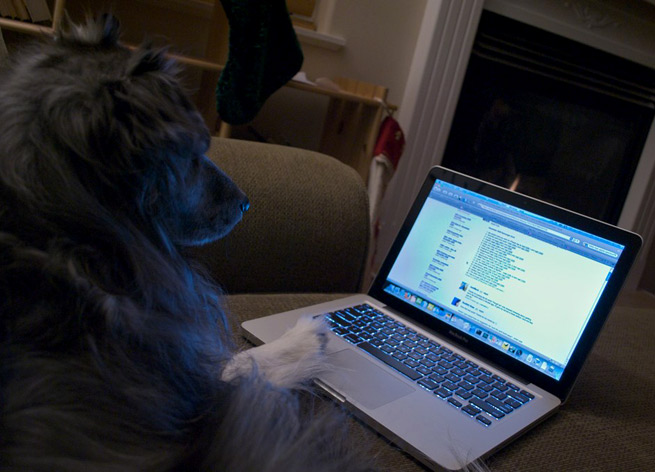Despite 98 percent of the United States having access to high-speed broadband, 20 percent of American adults still don’t use the Internet at home, work, or school, The New York Times reports.
The Obama administration put aside $7 billion to develop and expand broadband access as part of 2009’s massive stimulus package. With half of those programs completed so far, 98 percent of U.S. homes now have access Before the bill passed, less than 90 percent of homes had the option to buy broadband. But the number of adults actually using the Web has barely changed.
So what’s keeping so many Americans from getting online?
First, there are many older Americans that have never owned a computer or smartphone. They simply don’t have digital literacy to use the Internet.
The Times cites Elmer Griffin, a 70-year-old retired truck driver from Bessemer, Ala., as an example. He was recently turned down for an auto-parts store job because he didn’t know how to use a computer to check on inventory.
“The job I’m trying to get now requires me to know how to operate a computer,” Griffin said. “I wish I knew how, I really do. People don’t even want to talk to you if you don’t know how to use the Internet.”
Another major factor keeping adult Americans from the Web is cost.
Gloria Bean, a 41-year-old elementary school teaching assistant from Calhoun City, Miss., said she can’t afford Internet service and it has taken a toll on her children’s education.
“I just couldn’t afford it,” Bean said. “[Being cut off] has affected me and my children. They have to have it for school to do research for a paper or something they need for class.”
To make up for lack of access at home, Bean said she usually runs out of her job to pick up her kids from school and take them to the library. Most U.S. libraries, it should be noted, offer limited computer and Web access for free. But not all libraries are created equal. Bean’s library has 10 computers.
Some government programs have targeted these two main problems. The Obama administration spent $500 million from the 2009 stimulus package to help teach people how to use the Internet. And some Internet providers have started programs to make the Web more affordable to low-income homes, including Comcast with its Internet Essentials program that costs $10 a month.
But these programs clearly aren’t enough, and both public and private institutions should be held accountable for digitally keeping so many Americans in the dark.
VentureBeat's mission is to be a digital town square for technical decision-makers to gain knowledge about transformative enterprise technology and transact. Learn More

